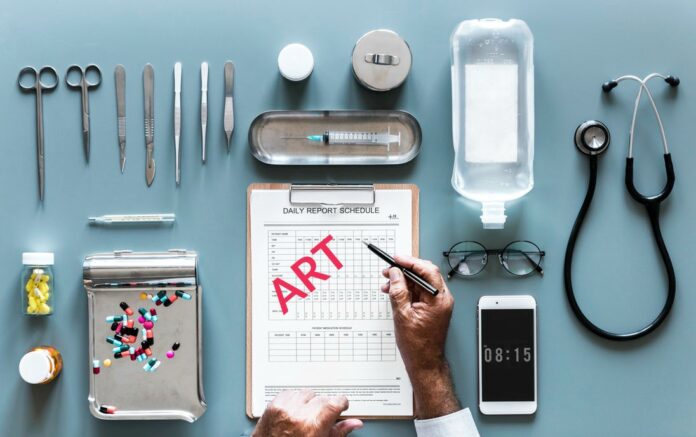Art therapy is used to treat numerous conditions in both young people and adults. It can help with learning disabilities, severe stress, domestic abuse trauma, depression, anxiety, and other psychological issues.
It helps battle anxiety and depression by raising the levels of serotonin, while PTSD symptoms can be relieved by visually expressing the traumatic events that caused them.
Art can also help improve memory and reasoning in older people. Researches have shown that drawing and painting can stimulate memories in people with dementia and other neurological diseases.
Art therapy is even used in treating cancer as it helps decrease stress and perception of pain, improves quality of life and compliance to treatment.
But you don’t have to produce art to discover its healing power. Looking at art is beneficial for people’s health as well. There’s an increasing number of studies that imply that surrounding yourself with art is an effective way of preventing and treating a variety of conditions.
Recently, Canada became the first country that allowed doctors to “prescribe art” to their patients. A ground-breaking project initiated by Montreal physician organization and the Montreal Museum of Fine arts allows physicians to prescribe free museum visits to patients.
The project that started on November 1st, 2018 is meant to tackle a variety of conditions ranging from depression and anxiety to eating disorders and high blood pressure and will be used alongside regular medical treatments.
Museum visits help reduce stress in people by taking them away from the busyness of modern-day life and by immersing them into a more tranquil environment. In a conversation with Montreal Gazette Canada’s doctor, Helene Boyer explained how museum visits “increase our level of cortisol and our level of serotonin. Hormones that are responsible for human well-being”.
As Westerners adopt Eastern Medicine and healing techniques, there has been a surge of research surrounding nonconventional methods for improving health and well-being. Relating to heart health, this article exemplifies the adoption of utilizing contemporary methods to reduce blood pressure. Psychology and elevated blood pressure are closely related. Everyday stressors increase blood pressure which ultimately increases the risk of heart disease.
In Canada, the act of allowing doctors to “prescribe art”, shows an adoption of these unconventional behaviors. As the article states, these treatment methods are to be used in addition to medical attention. However, support from doctors to use art as a part of treatment is an important step in multi-disciplinary heart health research. Acknowledging that multiple factors beyond genetics and physical health are contributors of hypertension will hopefully increase the awareness of the severity of this problem. As the article states, the benefits of art go beyond heart-health. Medical professionals communicating the health benefits of art is important for the cultural encouragement of it within our communities.




